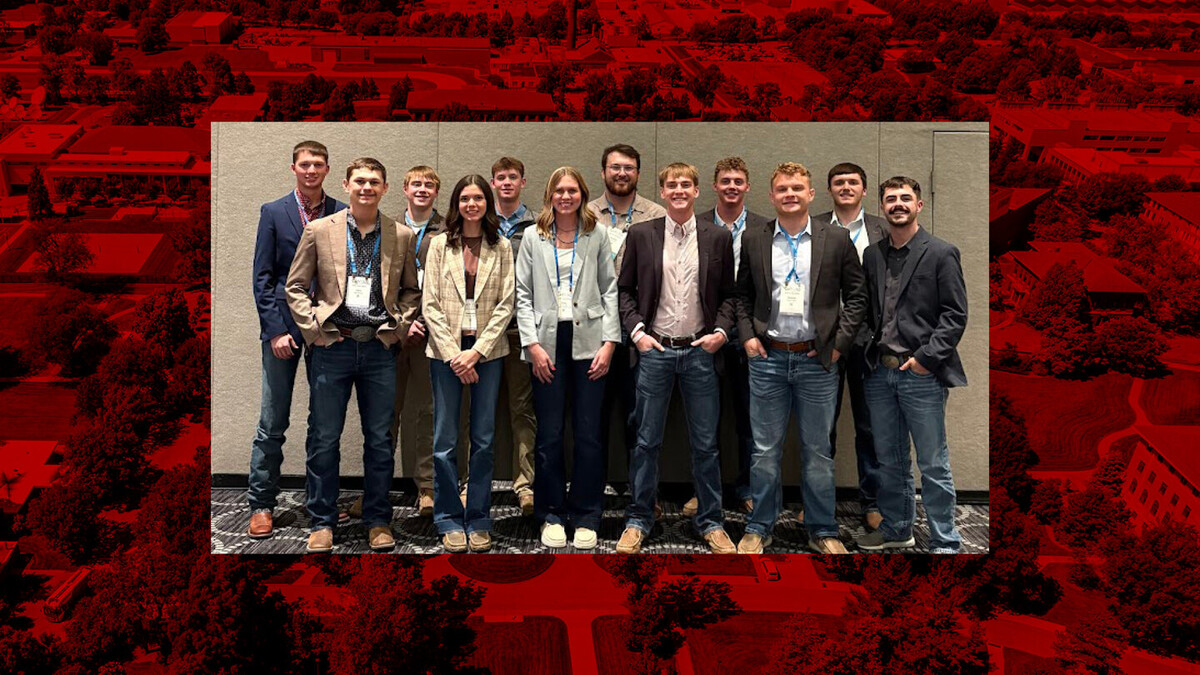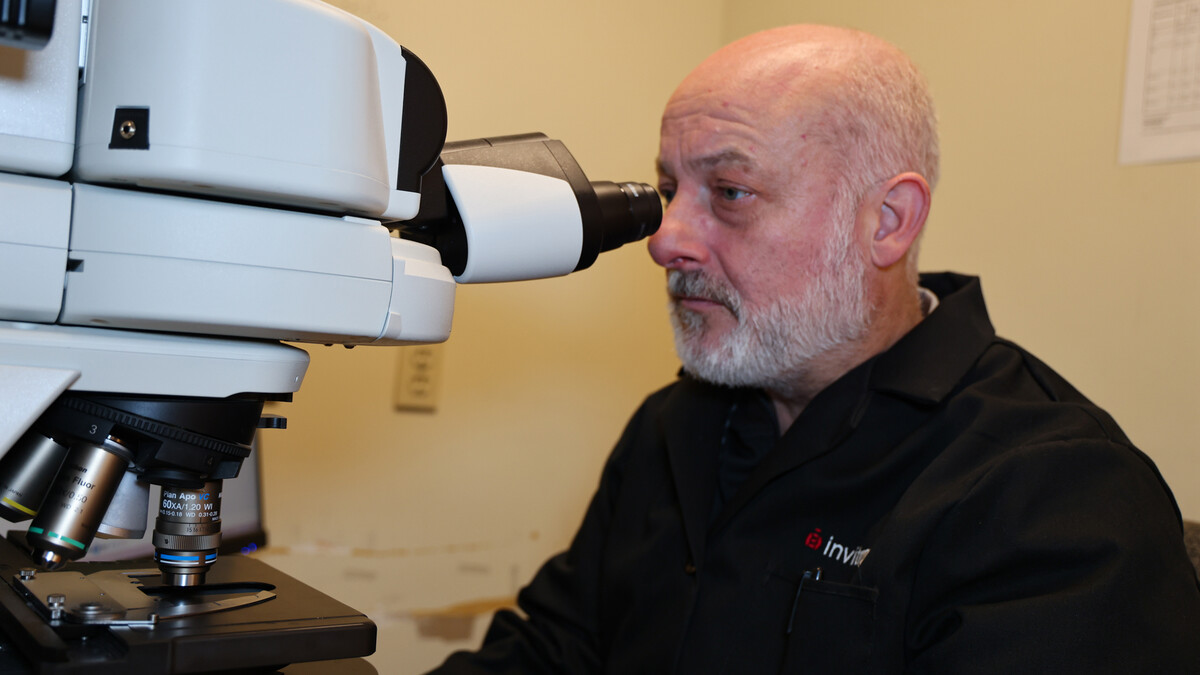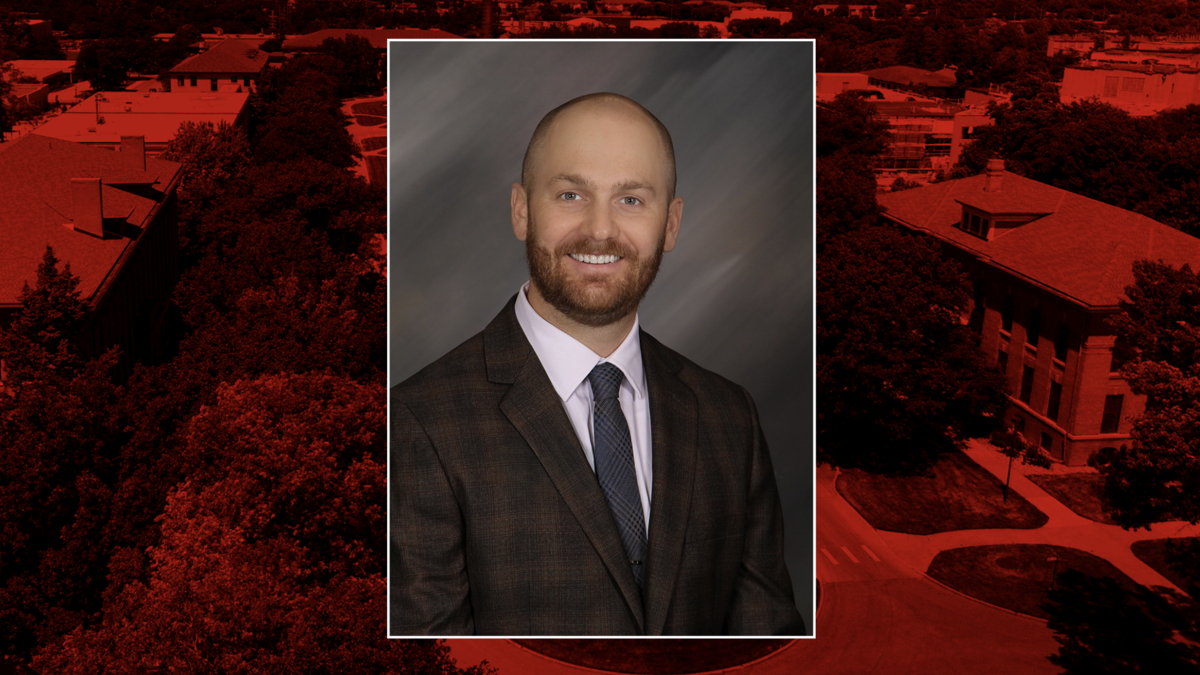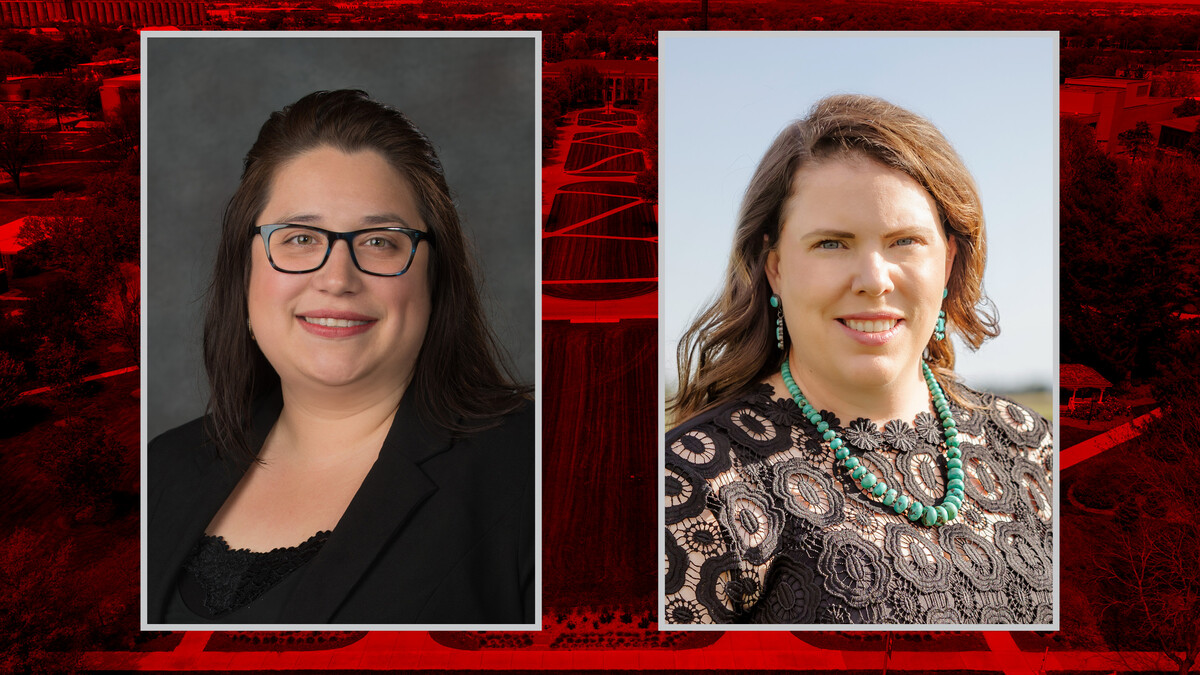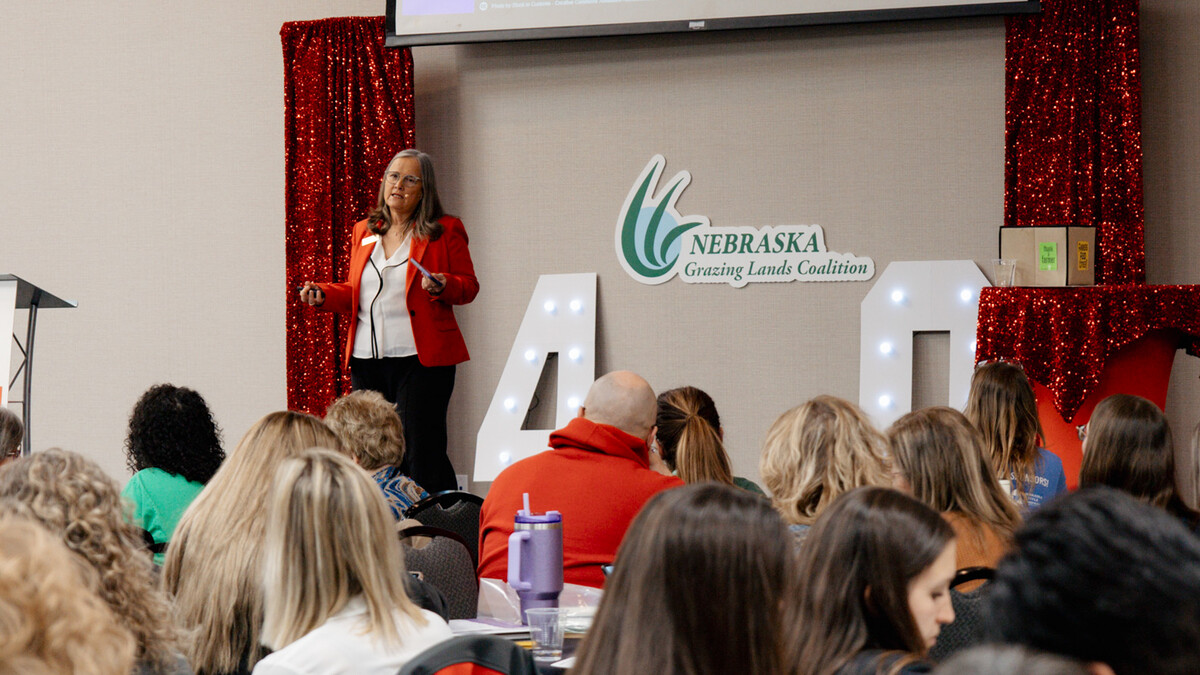
Lincoln, Neb. —Nebraskans pay some of the lowest prices in the nation for electricity, and Lincoln Electric System continues to increase its use of renewables and other green technologies while keeping prices low, Scott Benson of LES told National Research Traineeship students recently.
The Manager of Resource & Transmission Planning at LES, Benson oversees planning for the facilities and equipment that the electric company uses to generate and transmit power. He said the power LES can now generate from renewables (wind and solar primarily in Nebraska, but renewable energy can also include hydro, biomass and geothermal) makes up 35 percent of its resource portfolio. That matches the 35 percent being fueled by natural gas locally and has surpassed the 30 percent being fueled by coal.
In comparison, the U.S. Energy Information Administration reported the sources of electricity generation in the United States in 2021 as 20 percent renewables, 38 percent natural gas, 22 percent coal and 19 percent nuclear.
“Coal used to be the king as far as energy generation for a long time. With all the work on climate change, and trying to fix our carbon dioxide emissions, it’s starting to see a reduced share,” Benson said. “So, now you've got renewables, nuclear and coal pretty much evenly split, all about one-fifth of the energy mix in the United States today. And what's really driving the bus currently is natural gas, taking up about two-fifths.”
Natural gas is fairly cheap and has an advantage over renewables in that it can be dispatched at the request of power grid operators to meet market needs, Benson said. Wind and solar energy are nondispatchable.
“You're not really in control of them,” Benson said. “Mother Nature is. So, you have to have something to make sure you can keep the lights on, and that’s where natural gas fits in as a bridge as we all work on reforming our resource mixes.”
LES holds the goal, adopted in 2020, of reducing carbon dioxide emissions to almost nothing by 2040, with the remaining emissions capable of being offset by planting trees or something, Benson said.
“A lot of that carbon dioxide emissions is what's guiding our decisions or our portfolio going forward, but there are always really three legs to this,” he said. “There is sustainability, of which carbon dioxide emissions are a big part. There's reliability, because that's always number one: the lights have to come on when you flip the switch. Everybody depends on us. We're a really critical resource, so the power has to be there when people need it. And then, always, affordability. A lot of our customers are low or fixed income, so we have to be really cognizant of how we're impacting them as we try to make these changes.”
LES always needs to plan for its peak load, the hour of the year, usually in July or August in the afternoon or evening, when most people are using air conditioning.
“Even though it only happens once per year, we build our entire system around serving that one hour,” Benson said.
LES has looked into smart grid technologies using big data and machine learning to predict and balance the load better. With a smart grid, the company could check the load at all times but such technology would also be very expensive to put in.
“Not only do you have to swap out every meter in your service territory, which, for LES, is more than 140,000 meters, but you have to build an entire communications infrastructure to grab all of that data and bring it back to our local area, like our building we’re in right now,” Benson said. “So, when we looked at it before, and there is no doubt there are a lot of benefits, what we found is we can glean a lot of those benefits in much more cost-effective ways.”
One of those ways has been to replace the people who read meters on foot with two vehicles. These vehicles, including an all-electric Chevy Bolt, drive throughout Lincoln during the day, taking readings. The vehicles don’t need to stop at houses but can read 90 percent of the meters daily just driving by, Benson said.
Three-fourths of LES’s passenger fleet are also either hybrid, plug-in hybrid or all-electric, he said.
LES also offers a Peak Rewards program in which participants receive $25 when they sign up and $25 every summer they continue in it. In the program, participants allow LES to remotely change the setting of their thermostat in their house up to 15 times a summer. So, typically, LES will lower the temperature on participants’ air conditioners a couple of hours before the peak load to precool their houses and then, during the peak, hopefully keep their air conditioners from running.
Since LES does not have smart meters yet, Peak Rewards participants need to have Wi-Fi and a Wi-Fi enabled thermostat. LES then communicates to their thermostats through their Wi-Fi.
Another cost-effective technology LES has implemented is paperless billing. With savings gained from digital billing, LES has installed solar-powered benches and charging stations around Lincoln. Anyone can then walk up to the benches or stations and freely charge a phone or laptop.
LES continues to offer incentives for conserving energy and now offers renewable energy certificates for businesses and individual customers. LES is part of the Southwest Power Pool, the regional transmission organization administering the transmission system and energy market from northern Texas to the Canadian border. LES contributes energy to the pool and draws it out to serve customers. No one can determine who uses each electron of renewable energy contributed to the pool, but certificates legally designate the owner of the certificates as having been served by, and supporting, renewable energy, Benson said.
Some corporations that purchase renewable energy certificates also install their own wind and solar energy to ensure they produce enough energy in a year to support their load, he said.
LES produces much energy from its wind turbines and solar project with 15,333 panels at Northwest 75th and West Holdrege streets. The electric company also encourages customers to install solar panels and compensates them with net metering, the compensation method most favorable to customers.
“If you put a few kilowatts of solar on your house in and of itself, not a big difference, but enough of the customers do it in aggregate, it helps to delay how long we can wait until we put in a big generator,” Benson said. “And the most expensive thing we do around here is put in big generators.”
The one thing he said all customers can do to save electricity is shut the lights off when they leave a room, even if they think they will be gone only a few minutes.
“If you're going to leave a room, shut that baby off,” he said. “You'll put a smile on my face.”

